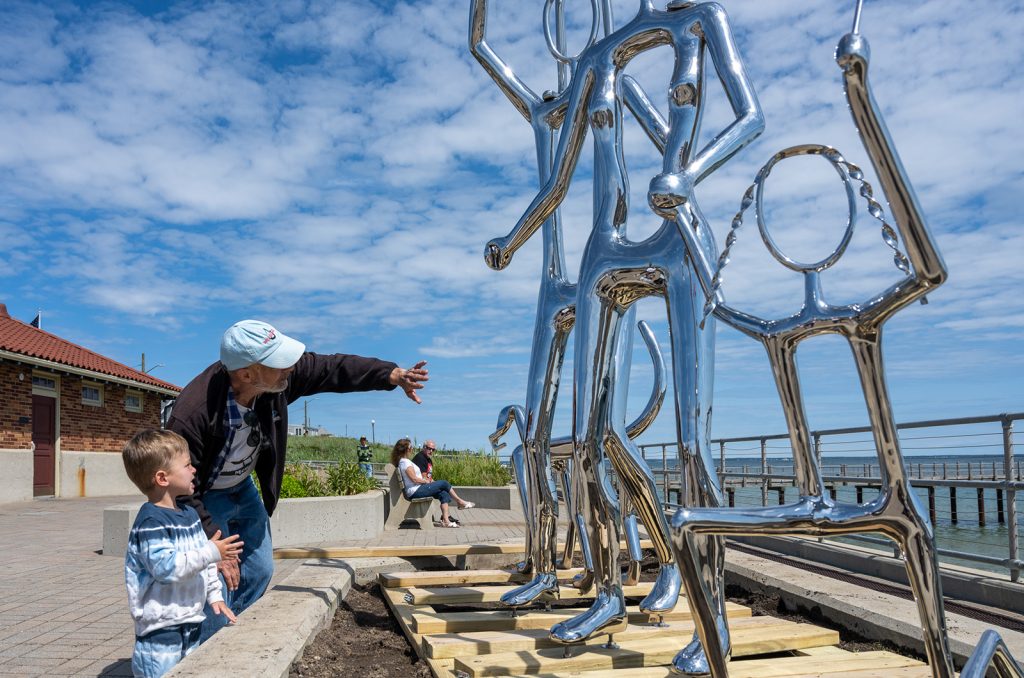Introduction
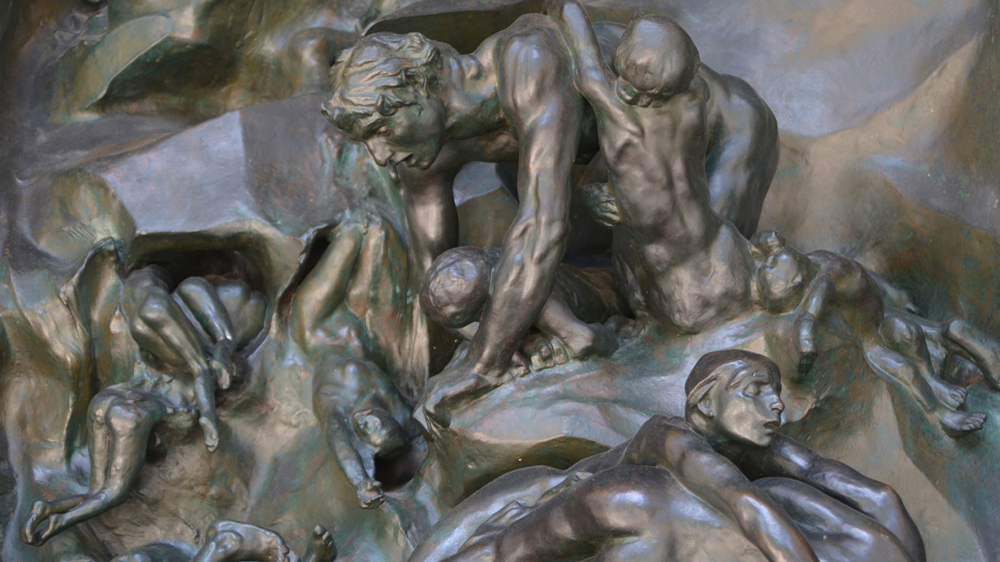
The Auguste Rodin gates of hell is an outstanding work by French sculptor Auguste Rodin, created in the late 19th century. This sculpture is complex and profound, making it the pinnacle of Rodin’s artistic career. This article will provide an in-depth introduction to the background, creative process, and literary and philosophical connotations of the sculpture “Hell’s Gate”.
Background and source of inspiration
France at the end of the 19th century: The creative background of “Hellgate” can be traced back to French society at the end of the 19th century, when artists began to deeply contemplate new aesthetic concepts and philosophical ideas. Rodin was on the wave of this period and developed a strong interest in themes such as human nature, love, and death, all of which were later expressed in “Hell’s Gate”.
The Artistic Creation Process of ‘Hell’s Gate’
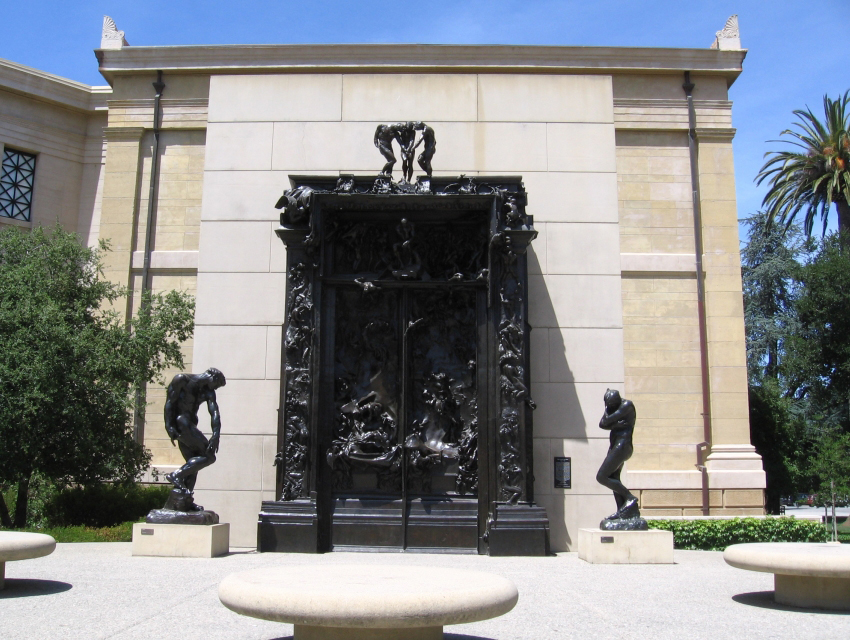
The Origin of Sculpture: The creation of Auguste Rodin gates of hell was originally for a sculpture commission project to decorate the newly renovated entrance of the French Museum of Art. However, this project ultimately failed to be completed, leaving behind an unfinished sculpture, later known as’ Hell’s Gate ‘.
Salute to “Divine Comedy”: Rodin was deeply inspired by Dante’s epic “Divine Comedy” during his creative process, especially the hell part of it. He attempted to express his profound contemplation of human existence, love, and suffering through sculpture, all of which are the themes explored in the Divine Comedy.
Character concept: “Hell’s Gate” contains numerous statues, some of which later became famous sculptures created by Rodin alone, such as “The Thinker” and “Kiss”. Rodin portrays various emotions and situations that humans face in life through the portrayal of different characters.
Interpretation of Main Statues

The Thinker: The central statue of Hell’s Gate is The Thinker, representing profound contemplation of human destiny. This image later became one of Rodin’s most well-known representative works and was also the core of the entire sculpture group of ‘Hell’s Gate’.
‘Kiss’: Another statue,’ The Kiss’, depicts a couple’s affectionate kissing, reflecting the theme of love and passion. This image later became one of the most romantic sculptures in art history, while also reflecting Rodin’s sensitive insight into human emotions.
Other statues: Other statues in “Hell’s Gate”, such as “Despair” and “Three Shadows”, all present complex themes such as life and death, desire, and suffering. Each statue is independent and interrelated, together forming a profound and rich artistic space.
Literature and Philosophy Connotation
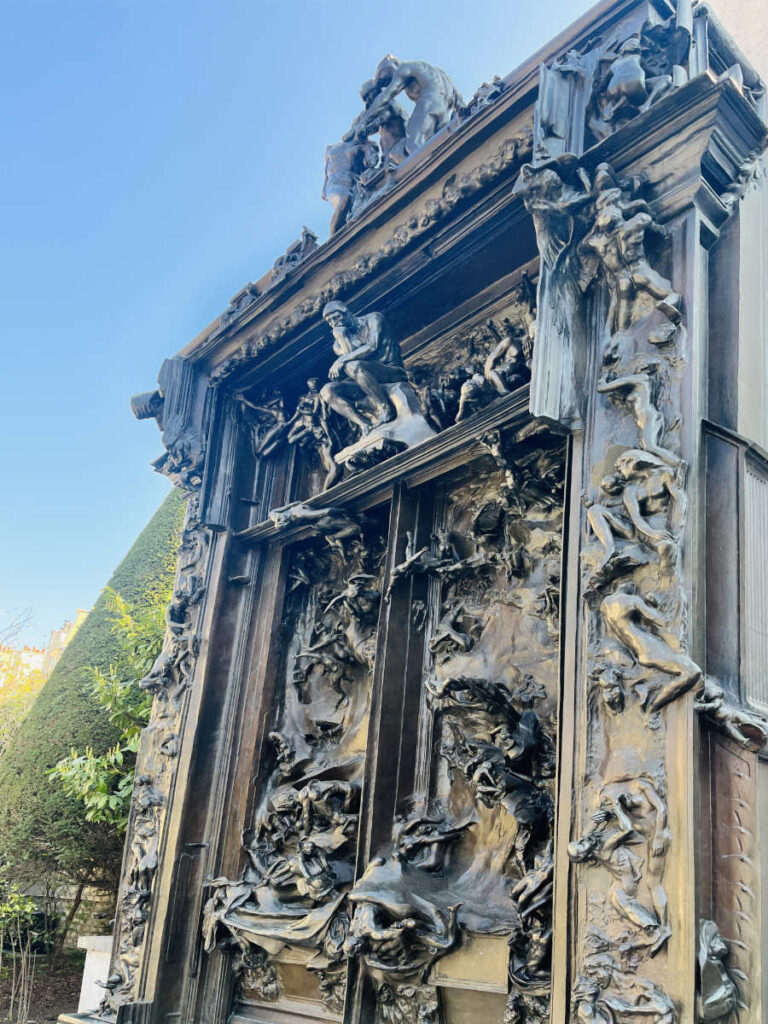
Dante’s Divine Comedy: Rodin pays tribute to Dante’s Divine Comedy through “The Gate of Hell”, showcasing a profound exploration of the state of human existence. The various images and scenes in the sculpture draw inspiration from Dante’s narrative, forming a poetic and symbolic painting.
Life and death, love and suffering: “The Gate of Hell” deeply explores eternal themes such as life and death, love and suffering. Each statue presents a deep emotion, allowing viewers to contemplate the meaning of life and the complexity of human emotions during the appreciation process.
Influence and artistic status
The pinnacle of art: “The Gate of Hell” is considered the pinnacle of Auguste Rodin’s work, representing his highest achievement in sculpture art. This sculpture group had a profound impact on later artists and sculpture creation, becoming one of the classics in the history of sculpture.
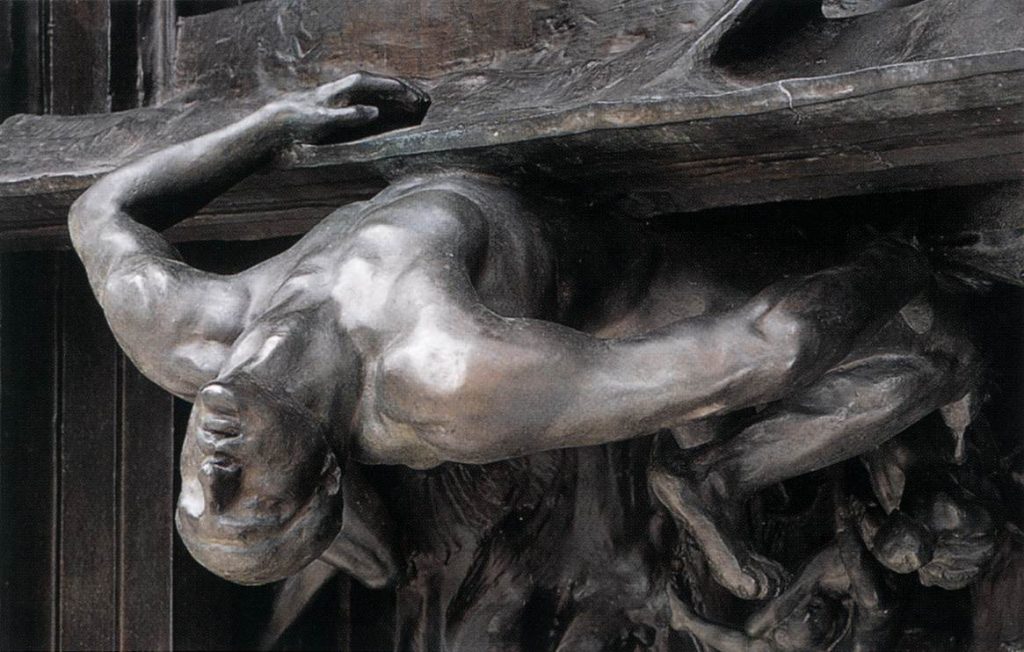
Inspiration for future generations: “The Gate of Hell” not only caused a sensation at that time, but also provided inspiration for the development of art later on. It challenges traditional artistic expression methods and demonstrates that sculpture can become a complex and multi-level narrative art through its complex structure and rich connotations.
Epilogue
Auguste Rodin Gates of Hell is the pinnacle of Auguste Rodin’s creative career, showcasing profound reflections on the state of human existence through majestic statues. This sculpture group is not only one of the classics in the history of French sculpture, but also a highly integrated approach to literature and philosophy. Rodin left behind an eternal and profound artistic legacy through “The Gate of Hell”, inspiring later artists to constantly explore and break through.

